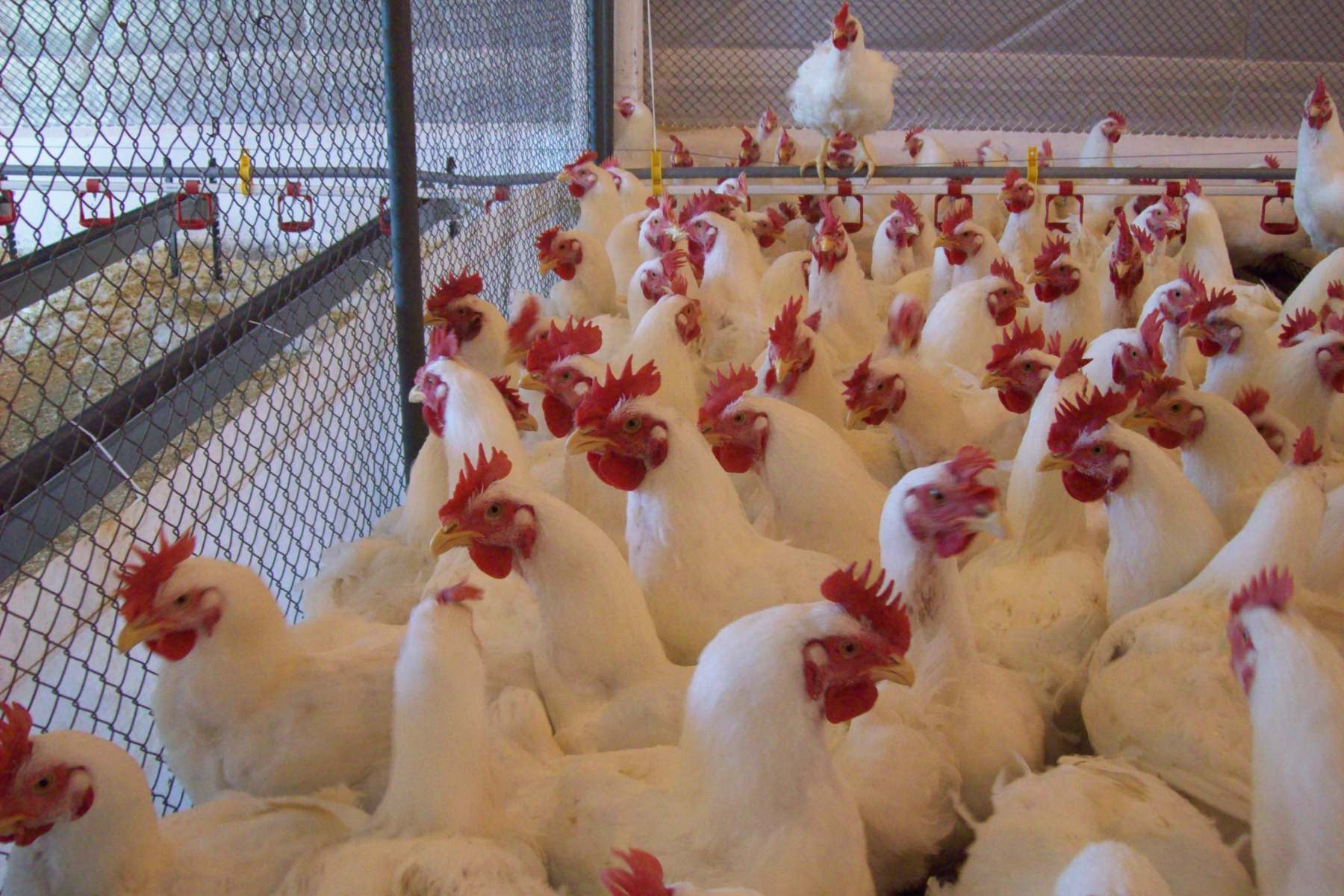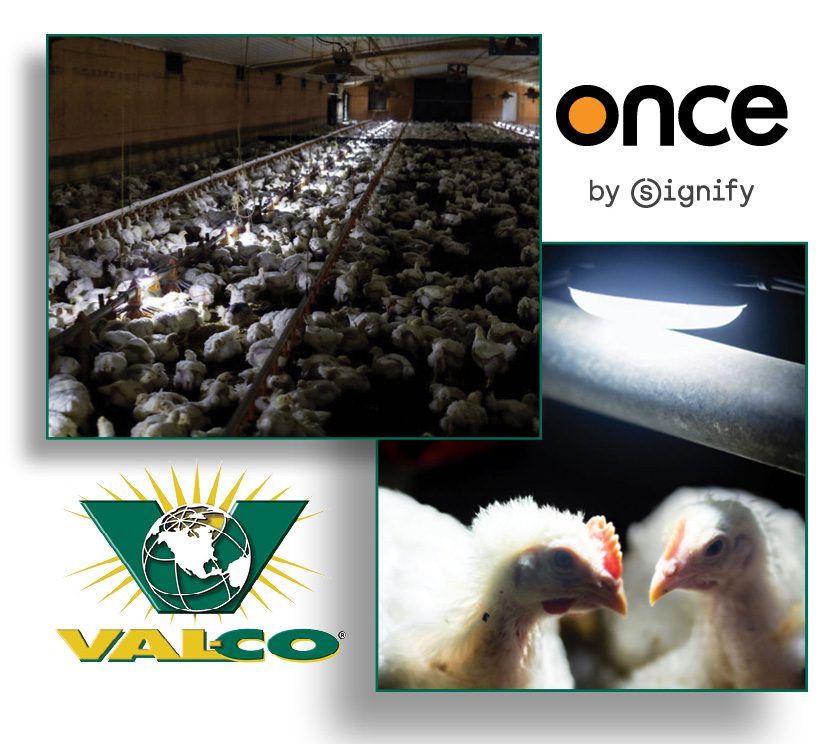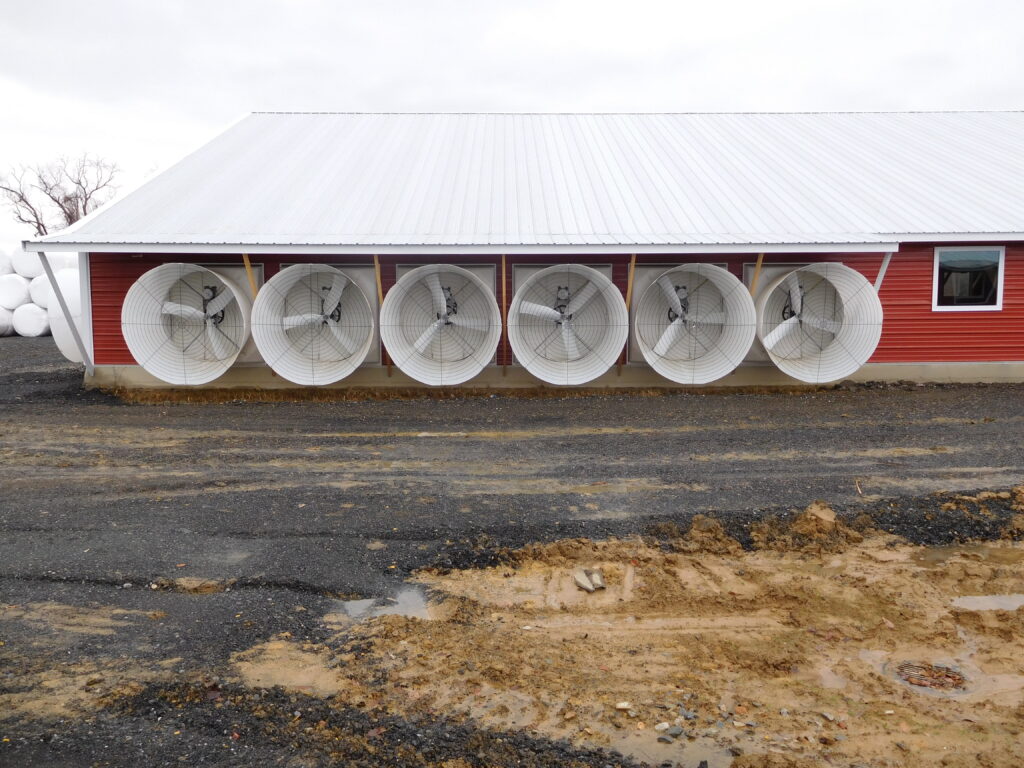Alternative Breeder Management Practices: Male Restaurant Feeding
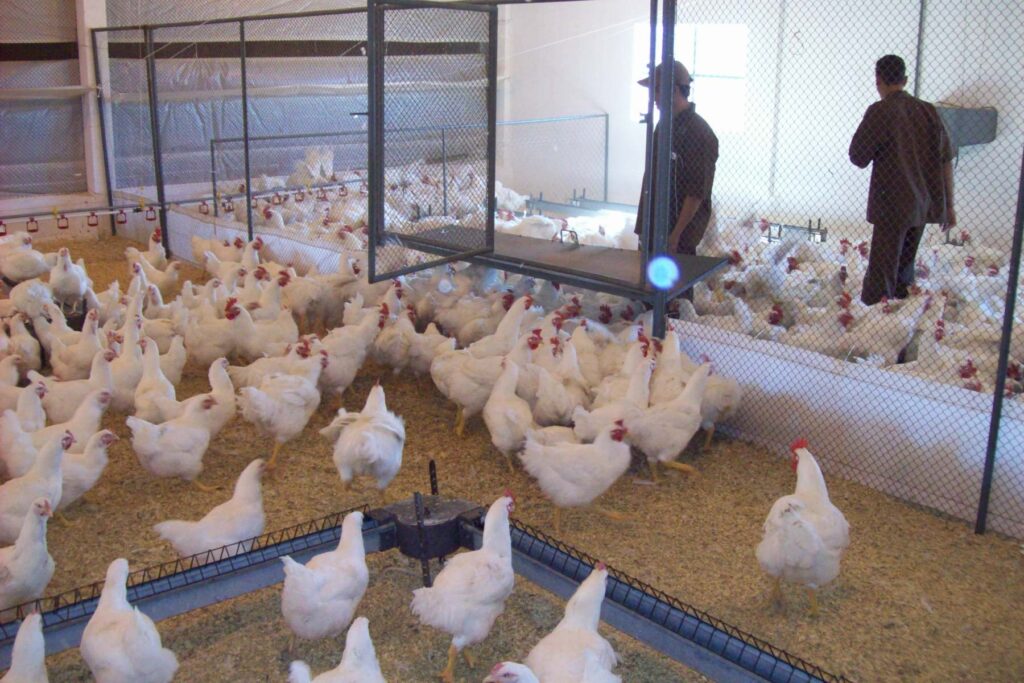 Male “restaurant” feeding is a breeder management practice that is utilized by some integrators in certain parts of the world. It is a feeding practice where males are trained to come to the sound of a whistle to enter a separate feeding pen. This allows the males and females to be fed separately. The males are kept in the restaurant pen until the females have finished feeding before they are let out. There are advantages and drawbacks to this system.
Male “restaurant” feeding is a breeder management practice that is utilized by some integrators in certain parts of the world. It is a feeding practice where males are trained to come to the sound of a whistle to enter a separate feeding pen. This allows the males and females to be fed separately. The males are kept in the restaurant pen until the females have finished feeding before they are let out. There are advantages and drawbacks to this system.
Firstly, where the restaurant is set up within the barn depends on the equipment used in the house, such as community nests versus conventional nests. In a barn with community nests, the litter area is either side of the community nest and slat area, therefore the restaurant is often run the length of the house along both side walls. If the barn had conventional nests, then there is space in the center of the barn to set up a male restaurant pen. The restaurant enclosure itself could be made from netting that can be winched, or something more permanent. The feeding pen should include both a male feeding line and watering line.
Males are brought into the production house earlier than the females in order for them to be trained to come to the restaurant pen for their feeding, at the blow of a whistle. This is a labor-intensive practice and involves hands-on management, both in training the males and catching those that do not come. Once the males have congregated at the entrance to the restaurant pen, the entrance is opened, and they flock in. The pen is then closed once the males are in.
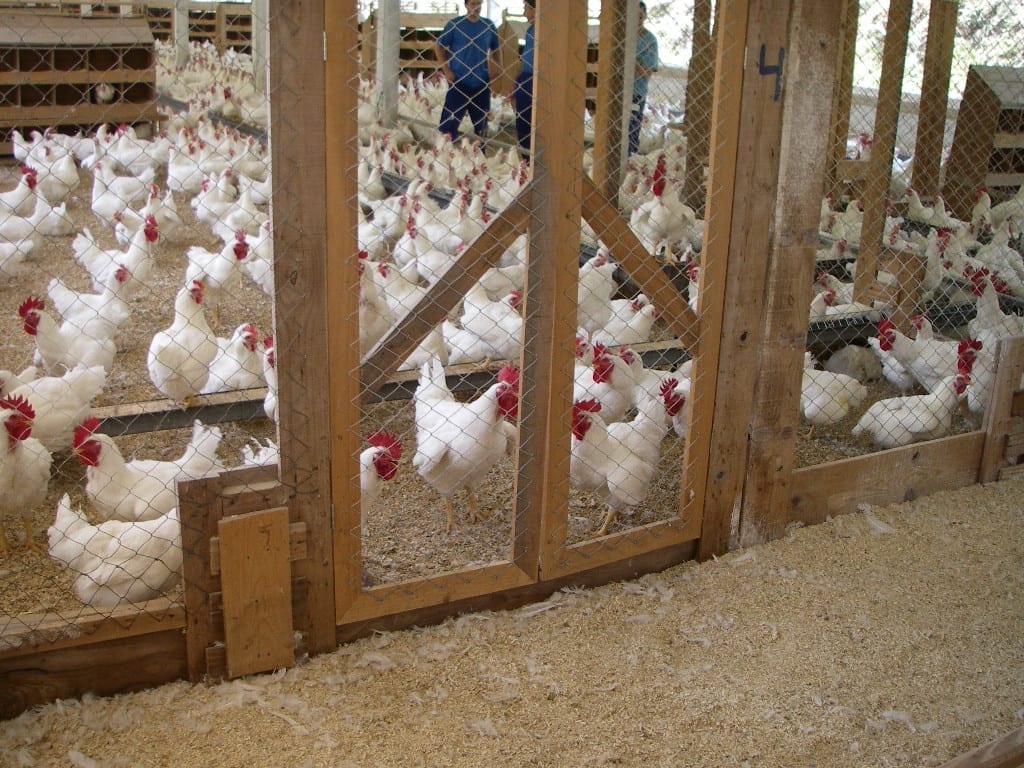 One advantage is the males are unable to consume female feed, as the females are fed while the males are separated. This benefits the females as they will have no competition of males stealing feed, and therefore provides more feeder space and exact female feed availability. This is a common reason for adopting this practice, as males steal too much feed. It benefits males as the male feed can be distributed evenly over the feeding line, and checked each day before they have feed access. This will promote uniformity of male bodyweight. Males can also be observed easier during feeding times and fleshing scores, facial color and other important checks can be completed more efficiently. Males are faster to finish their feed, so need to have access to water while they wait for the females to finish eating, especially during longer feeding times in peak production. Once the females have finished eating, the males are let out to mate with receptive females. This system improves male livability and leads to potentially less need for spiking, reducing the cost of additional management and male transfer.
One advantage is the males are unable to consume female feed, as the females are fed while the males are separated. This benefits the females as they will have no competition of males stealing feed, and therefore provides more feeder space and exact female feed availability. This is a common reason for adopting this practice, as males steal too much feed. It benefits males as the male feed can be distributed evenly over the feeding line, and checked each day before they have feed access. This will promote uniformity of male bodyweight. Males can also be observed easier during feeding times and fleshing scores, facial color and other important checks can be completed more efficiently. Males are faster to finish their feed, so need to have access to water while they wait for the females to finish eating, especially during longer feeding times in peak production. Once the females have finished eating, the males are let out to mate with receptive females. This system improves male livability and leads to potentially less need for spiking, reducing the cost of additional management and male transfer.
A potential drawback to this system is that it requires farm staff being present when feeding is done, so for very early morning feeding when no one is at work, this system does not work well. It has a high dependency on human management as it needs to be well managed to reap the advantages. Some discontinue the restaurant feeding system after peak production ends, others continue for the lifespan of the flock. The male watering line must be winched to a height the females will not be able to reach. If females can access the male watering lines, an increase in floor eggs is possible. Avoidance of shadows in this area is also important for the same reason.
While male restaurant feeding is labor-intensive, it can provide good outcomes of male flock uniformity, high fertility rates and hatchability. If managed well, the cost of investment in materials can be offset by the improvement of production performance.
Photos provided by Winfridus Bakker from Cobb-Vantress.
